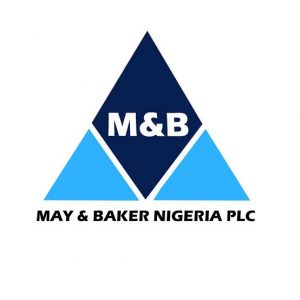May & Baker grows revenue by 27% in 9 months
December 28, 2022586 views0 comments
By Business AM
May & Baker Nigeria Plc, a leading Nigerian pharmaceutical company, has announced a total revenue of N10.3 billion from January to September, 2022. The figure represents a 27 per cent increase against N8.1 billion total revenue generated in the corresponding period of 2021.
Despite the rise in cost of production in the pharmaceutical manufacturing industry ,the company’s Profit Before Tax (PBT) rose from N1.3 billion in 2021 to N1.7 billion in 2022, representing 31 per cent growth. Its working capital also increased from N5.3 billion in 2021 to N6.5 billion, representing about 23 per cent growth, in the period under review.
Patrick Ajah,managing director/chief executive officer, May & Baker Nigeria Plc,in his remarks at the company’s end of year media parley held recently in Lagos, attributed the company’s strong performance to its commitment to quality.
He added that the company intensified its commitment towards adherence to compliance, manufacturing excellence, strong supply chain capabilities, products affordability, boosted by the unwavering support of its board of directors.
 On the flipside, Ajah noted that the company’s PBT was severely impacted by the significant increase in cost of goods and other operating costs.
On the flipside, Ajah noted that the company’s PBT was severely impacted by the significant increase in cost of goods and other operating costs.
According to him, while revenue was growing at 27 per cent, cost of goods was growing at 47 per cent on the average, while the cost of paracetamol API has doubled since 2021.
The managing director also disclosed that other operating expenses grew by about 30 per cent driven mostly by power which on its own was growing at more than 50 per cent and even worse during gas outages.
To this end, he called for an urgent need for a more holistic approach to resuscitate the ‘stuttering’ economy, as the indicators keep getting worse instead of improving.
Speaking on how May & Baker surmounted the challenges, he explained that the company was able to mitigate some of the rising costs with some marginal price increases, operational efficiencies driven by increasing volumes and better production planning and a reduction in admin expenses.
